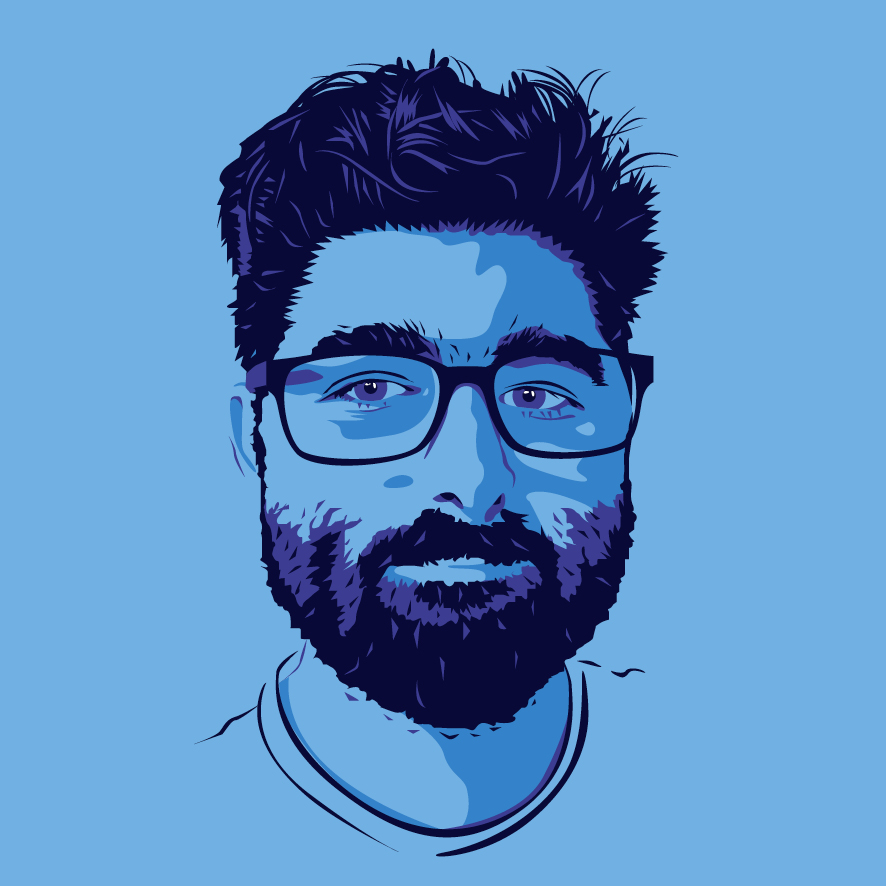The Witcher 3: Wild Hunt first look - slaying giants in CD Projekt RED's icy open world RPG

The beast moves away, clueless to the Witcher's presence. The origin and purpose of the galleon go unexplained, although Badowski confirms that there is a story there to uncover. The ship is one of many “points of interest” that world designers have scattered throughout the environment. They aim to pique players' curiosity by always having something to investigate. I see a faint orange glow beyond the galleon. It appears to be a cave, illuminated from within by a campfire. If I had my hands on the controller, there's no way I wouldn't have clambered up to investigate, but Lukasz skips the demo forward again.
We're in the giant's lair. The beast is curled up in a corner, safely asleep, but a man is shouting loudly, apparently unconcerned about waking the thing. It's Crach's son, trapped in a cage. I'm starting to suspect he may be some sort of idiot.
"The Jarl's son charges across the cave screaming and kicks the giant in the head."
Geralt can choose to free him right away, or let him rot for a while. The choice will alter how the Jarl's son perceives him later in the game, and will have significant consequences when the question of the Jarl's successor eventually arises. In The Witcher 2, the repercussions of your choices dramatically shaped its three insular acts. Badowski suggests that consequences in the Witcher 3 will be more localised, but just as significant. Geralt will cross the battle lines of the burgeoning war often during his travels, and Badowski hints that entire towns could be razed, or saved, depending on Geralt's actions. Over the course of the 80-hour adventure, your choices will build towards one of three different endings.
Lukasz chooses to free the Jarl's son, who charges across the cave screaming and kicks the giant in the head. Oh good, he's a maniac. Geralt reaches wearily for one of his blades. Silver for monsters.

The giant fights with the lumbering, graceless enthusiasm you'd expect from a barely intelligent creature with arms longer than his legs. Geralt spins and rolls around the towering clod, dodging lanky blows and striking back with the occasional flash of the sword. The giant stamps to dislodge some ceiling rocks. Then he tears the anchor off a nearby boat and starts wielding it like a huge flail. This is a prescribed boss fight, but these behaviours are dynamic AI decisions. If you run across a giant in the wild, he'll start looking for ways to use the environment against you. Monster behaviour is even affected by the dynamic weather system. Certain creatures will swarm at night, and werewolves grow in strength beneath a full moon.
"The giant tears the anchor off a nearby boat and starts wielding it like a huge flail."
The anchor does little to improve the giant's chances. Geralt cuts the creature down with a few vigorous stabs, and with a deep, sad gurgling noise, the giant expires. The screen goes dark. It's over.
But there's so much more to see. The snowy Nordic environments of the Skellige islands will draw justifiable comparisons to Skyrim, but that's just a portion of The Witcher 3's world. There are haunted badlands brimming with creatures inspired by Slavic folk tales. There's a huge city called Novigrad, packed with enough assassins and scheming politicians to fill a Game of Thrones novel.
PC Gamer Newsletter
Sign up to get the best content of the week, and great gaming deals, as picked by the editors.
Whether developer CD Projekt RED can master the world-building techniques that make Skyrim such a fascinating place to explore remains uncertain, but from what I've seen here, their huge open world setting has done nothing to dilute the intrigue, ugliness and dark humour that make The Witcher games so strange and memorable.

Part of the UK team, Tom was with PC Gamer at the very beginning of the website's launch—first as a news writer, and then as online editor until his departure in 2020. His specialties are strategy games, action RPGs, hack ‘n slash games, digital card games… basically anything that he can fit on a hard drive. His final boss form is Deckard Cain.

Witcher remake studio boss says it'll remake what's 'bad, outdated, or unnecessarily convoluted' without naming the sex baseball cards we all know he's talking about

A new Witcher comic series spoils Geralt's retirement with a Western-styled 'homage to Andrzej Sapkowski, Clint Eastwood, and Sergio Leone'
Most Popular


